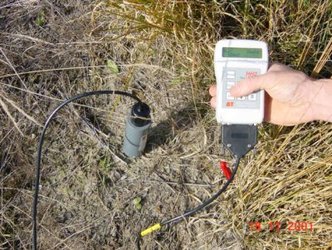Dedicated SMOS campaign activities down under
As an essential part of preparing for ESA's SMOS (Soil Moisture and Ocean Salinity) mission, arrangements are currently well underway for an intense one-month campaign that will bring researchers from all over the world to the Goulburn River Catchment test site, in New South Wales, Australia.

The campaign for validating the operation of SMOS (coSMOS) will be carried out in November and is designed to acquire a set of 'SMOS-like' observations to ensure that the mission's soil moisture retrieval algorithms are finely tuned and properly validated before the satellite launches in 2007.
SMOS is the second Earth Explorer Opportunity mission to be implemented as part of ESA's Living Planet Programme. The main aim of the mission is to further the development of climatological, meteorological and hydrological models by observing soil moisture over the Earth's landmasses, and sea-surface salinity over the oceans. Not only will the SMOS mission further our understanding of the Earth system, but it will also demonstrate a new measuring technique by adopting a completely new approach in the field of remote sensing. SMOS will carry the first-ever space-borne 2D interferometric radiometer that operates at 1.4 GHz (L-band). It will provide global coverage every 3 days.
The development of the SMOS mission requires essential work in the field to study various effects on the signal. With the SMOS payload currently under construction, it is now time to fine tune and validate the retrieval-processing scheme by feeding it with SMOS-like datasets.
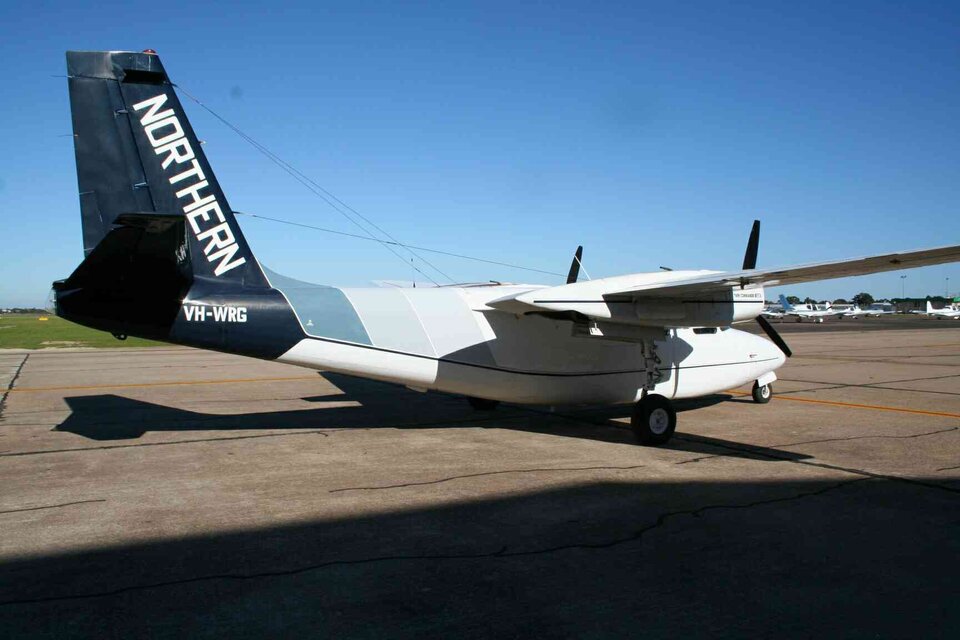
Therefore, the objective of the upcoming campaign in Australia is to acquire measurements of microwave radiation emitted from the ground to estimate surface soil moisture. These measurements will be taken from an aircraft carrying a polarimetric L-band radiometer, developed specifically for coSMOS by the Technical University of Denmark.
The radiometer utilises two large antenna horns, so that the ground can be viewed from two different angles simultaneously. It will be flown on board an Aero Commander 500S Shrike aircraft operated by Airborne Research Australia (ARA). However, a number of modifications have had to be made to the aircraft before the campaign can begin.
Jörg Hacker, ARA Chief Scientist & Managing Director commented that, "The decision to go ahead with the coSMOS campaign in Australia was only made in August this year. This meant that we had to 'pull out all the stops' to design and implement the modifications of the Aero Commander aircraft so that it will be ready to fly the radiometer in November."
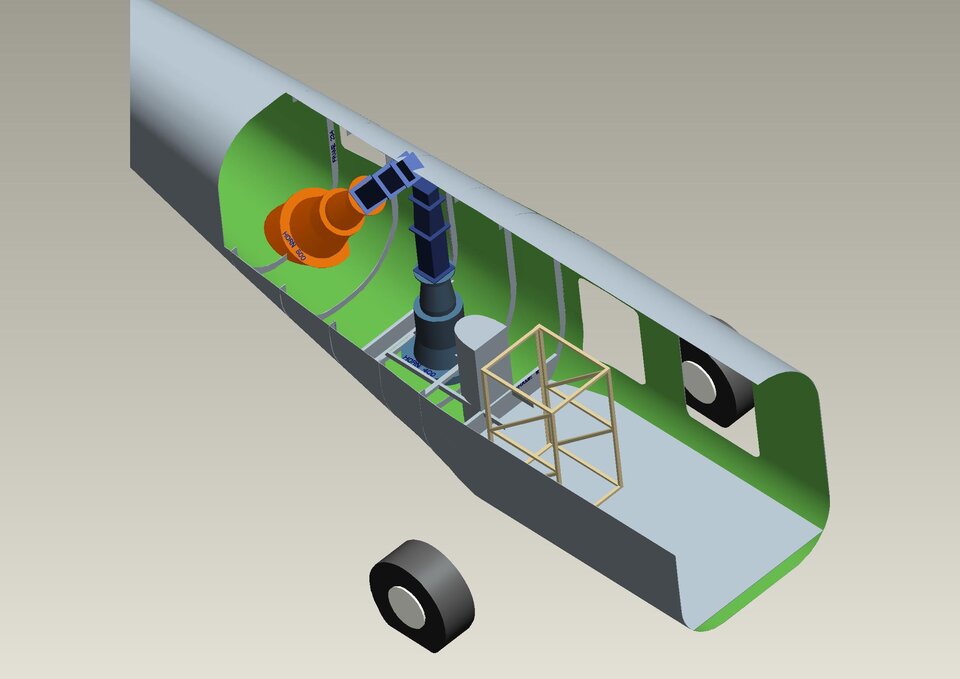
The measurements taken by the radiometer will be used with other relevant data such as surface temperature, density and type of vegetation cover, and soil type to estimate surface soil moisture. The estimated surface soil moisture data will then be compared with actual surface soil moisture measurements that are taken concurrently in the field. This comparison will allow the model parameterisation in the retrieval scheme to be finely tuned. Flying the radiometer at different altitudes will also allow the analysis of how scale and related land heterogeneity influence the retrieval accuracy. In addition, the scientists are hoping that they will see some rain at some point during the campaign, so that they can observe the subsequent drying-out period to estimate the water content in the deeper layers of soil.
"Planning the logistics of such an important and extensive period of campaign activities is altogether a challenging task and involves a number of institutes," stated Jeff Walker from the University of Melbourne, Australia who is coordinating the in-situ campaign activities at the Goulburn River Catchment test site.
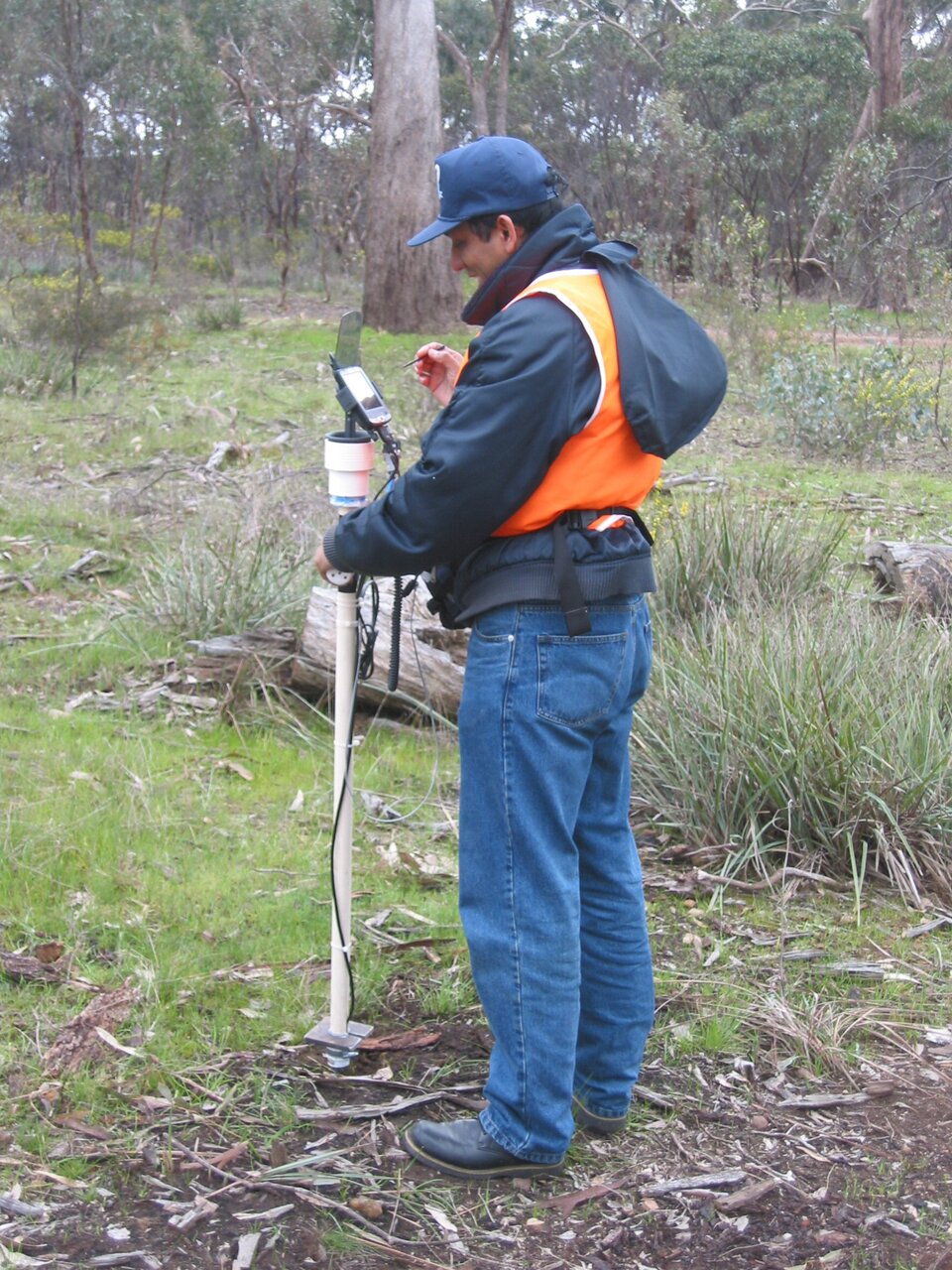
The test site, which is about 200 km west of Newcastle (New South Wales), was chosen for the coSMOS campaign because it has been intensively monitored and studied for soil moisture for some time now. Initially, the site was set up for remote sensing validation and assimilation studies for the Australian SASMAS (Scaling and Assimilation of Soil Moisture And Streamflow) Project, where permanent monitoring stations provide meteorological data and soil moisture profiles.
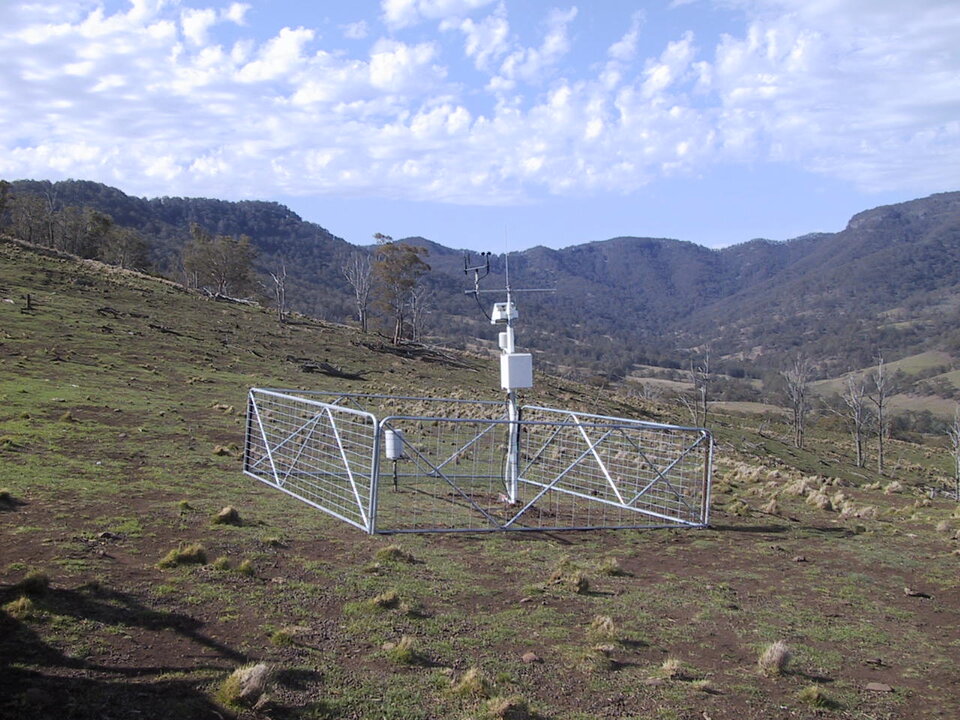
The primary use of SMOS data over land will be used for improving weather forecasts and water resource management and this requires regular and frequent monitoring of surface soil moisture. The coSMOS activities will test for the first time, with real data, the measurement approach being used for SMOS, and will also provide a test bench for assimilating such data in operational schemes. The campaign is essential in order to collect the last building blocks for the development of the SMOS ground segment and also to prepare for SMOS validation, which will be a crucial component of the overall mission concept.
On behalf of ESA, coSMOS will be conducted in cooperation with the Australian National Airborne Field Experiment, which is supported by the Australian Research Council, the Universities of Melbourne and Newcastle, the Airborne Research Australia facility from Flinders University and NASA's Goddard Space Flight Centre.



